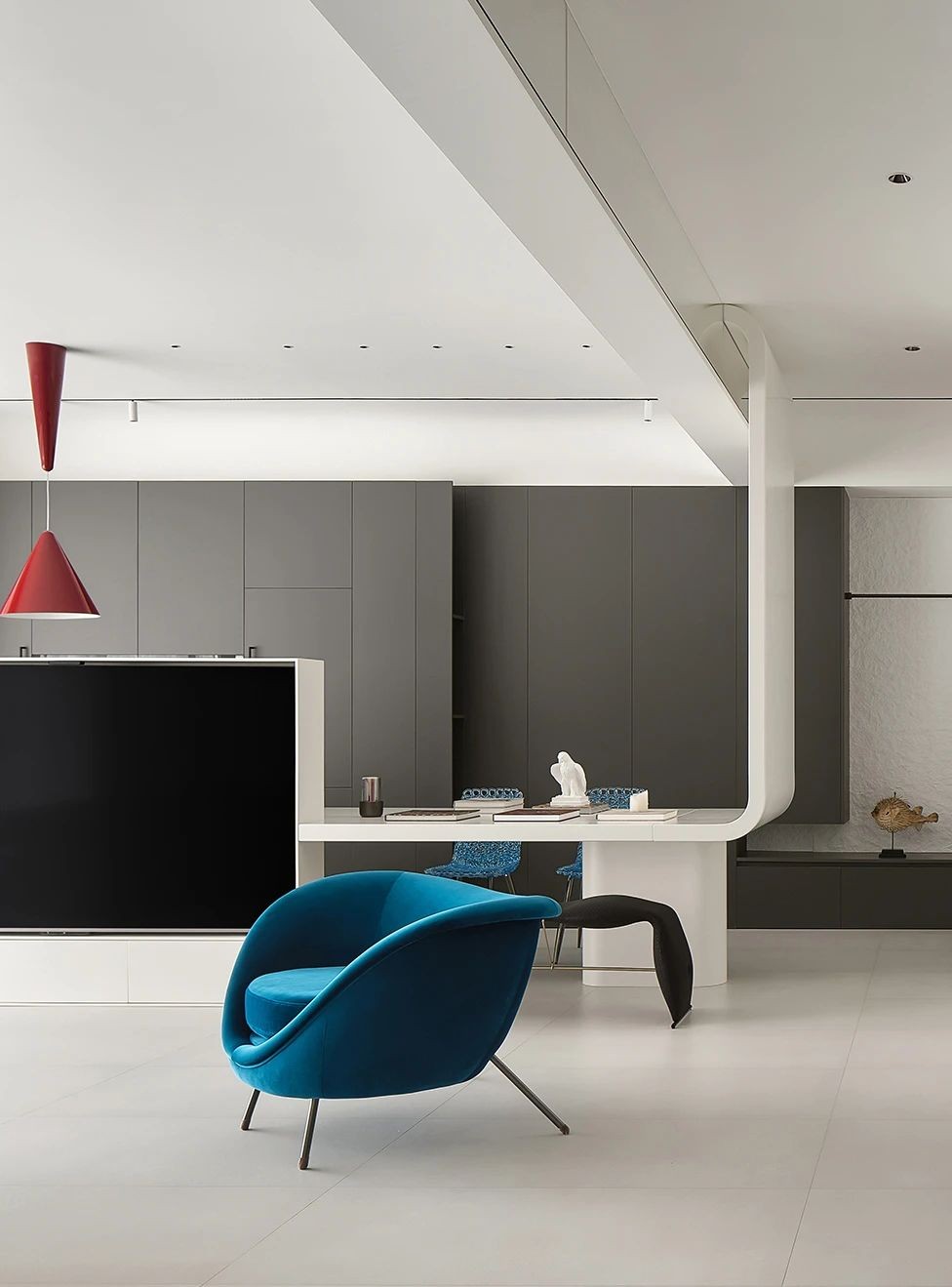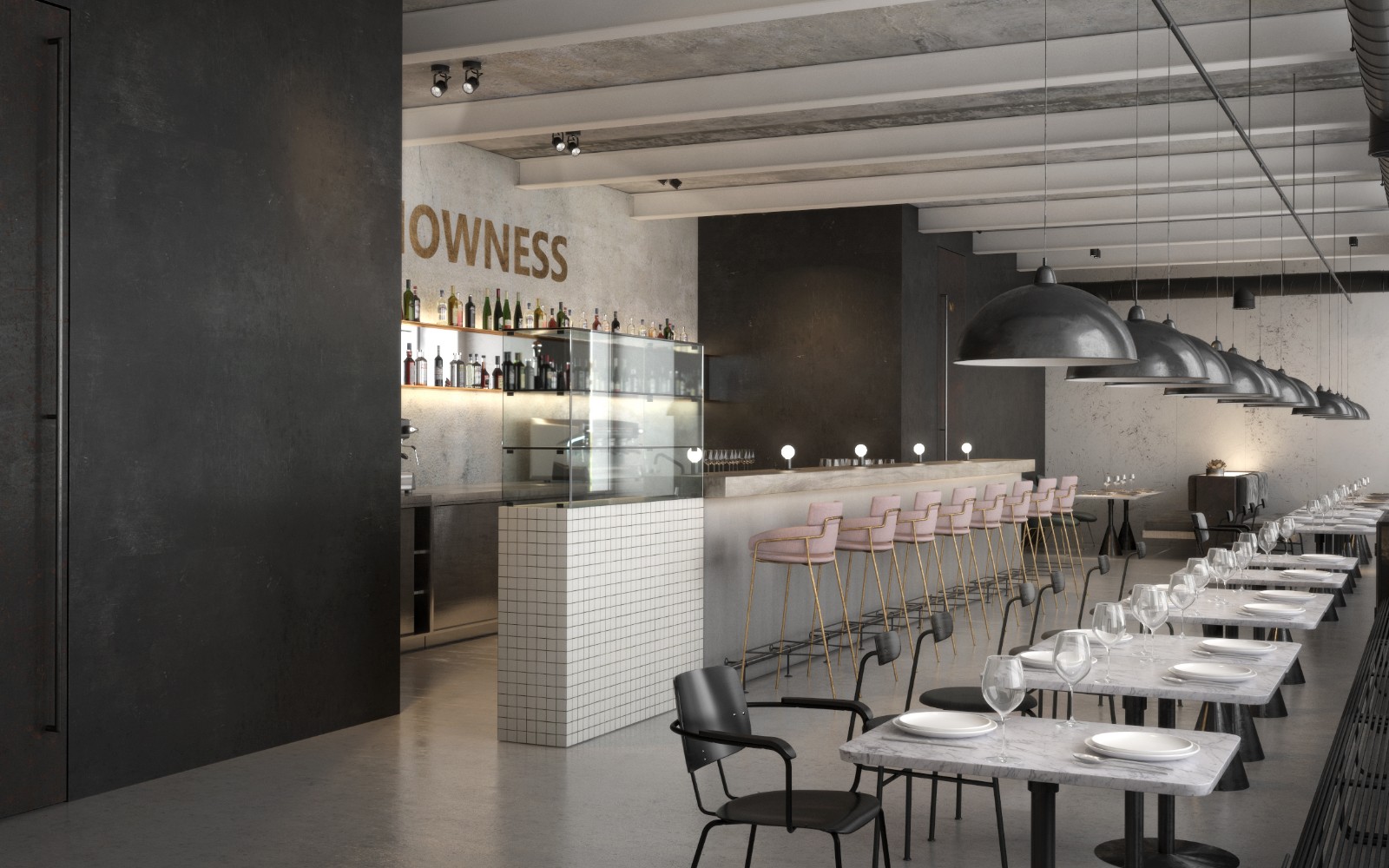O. Fournier Winery Bórmida - Yanzón
2013-10-10 01:00
© García & Betancourt
(C)García


酿酒厂位于距阿根廷门多萨市130公里的圣卡洛斯省,占地263公顷。
The winery is located in an estate of 263 hectares in the department of San Carlos, 130 km from the city of Mendoza, Argentina.
来自西班牙布尔戈斯的Ortega Gil Fournier家族于2000年购买了这块土地,并决定开始建造酿酒厂,以生产优质葡萄酒。
The Ortega Gil Fournier family, from Burgos, Spain, bought the land in 2000 and decided to start building the winery for the production of fine wines.
© García & Betancourt
(C)García


与环境的关系
Relationship with the Environment
该地产位于安第斯山脚下,海拔1200米,具有开发优质葡萄园的特殊条件。在那里,西班牙的“de vaso”系统与该地区传统的网格耕作方法不同,已与Tempranillo、malBEC、Cabernet suvignon、Merlot和syrah的品种不同。
The property, at the foot of the Andes and 1200 meters above sea level, has exceptional conditions for the development of quality vineyards. There, the Spanish system "de vaso" has been used with tempranillo, malbec, cabernet sauvignon, merlot and syrah varieties, different from traditional trellis farming methods in the region.
在该地区独一无二的这一极致场景的核心是新的酿酒厂。
At the heart of this ampelographic scenario, unique in the region, is the new winery.
© García & Betancourt
(C)García


这个地方有很大的旅游景点吸引力:安第斯山麓的自然景观是一个高原,有壮丽的高山景观,一年中的大部分时间都有雪,文化景观是典型的门多萨绿洲,从沙漠中从灌溉中发芽,街道两旁排列着杨树、葡萄园、果园和橄榄林。
The place has great scenic attraction for tourism: the natural landscape of the Andean foothills is a plateau with magnificent views of the high peaks, snow during much of the year, and the cultural landscape is typical of a Mendoza oasis, sprouted from the desert from irrigation, with streets lined with poplars, vineyards, orchards and olive groves.
在业主的要求下,酿酒厂的建筑应该是新世界葡萄酒的有力代表,并能够通过其特性和质量在全球市场上定位为一种营销策略。
At the request of the owners, the architecture of the winery should be strongly representative of New World wines, and capable to position itself as a marketing strategy in global markets through its identity and quality.
© García & Betancourt
(C)García


Functionality
葡萄之旅。-酿酒厂的设计目的是生产60万升优质葡萄酒,在几个建筑物中进行连接,将酿酒过程和在自治但相互关联的建筑单元中的互补用途分开。
The journey of the grape. -The winery was designed to produce 600,000 liters of fine wine, it is articulated in several buildings, separating the processes of winemaking and complementary uses in autonomous but interconnected building units.
生产线从卡车上的葡萄篮进入服务道路开始,这些道路可以到达收获建筑的停车场。在那里,作为一个接收信号,两个武器坡道打开,允许卡车上升到收获的水平,并从那里开始了由重力酿制酒的过程。
The production line starts with the entry of grape baskets on trucks through service roads that can reach the parking lot of the harvest building. There, as a reception signal, two arms-ramps open to allow the rise of trucks to the harvest level, and from there begins the process of vinification by gravity.
© García & Betancourt
(C)García


在收获阶段,葡萄是精心挑选的。为了启动发酵过程,它们通过板坯的开口沉积在位于较低水平的不锈钢储罐中。
At the harvest level, grapes are carefully selected. To initiate the fermentation process, they are deposited through openings in the slab, in stainless steel tanks located on the lower level.
这些任务是在一个开放的金属覆盖下进行的,上下凹进,边缘较薄。这个保护层,作为一个大阳伞,让人想起传统的门多萨画廊,在那里采摘葡萄的人把葡萄从严酷的夏季阳光中遮住。
These tasks are carried out under an open metal cover, concave upwards and downwards, with a thin edge border. This protective cover, as a large parasol, evokes the traditional galleries of Mendoza, where the grape pickers capsized the grape shielded from the harsh summer sun.
























































































Architects Bórmida & Yanzón
Location La Consulta, Mendoza, Argentina
Category Winery
Project Architects Eliana Bórmida, Mario Yanzón
Project Area 12000.0 m2
Project Year 2007
Photography García & Betancourt
























